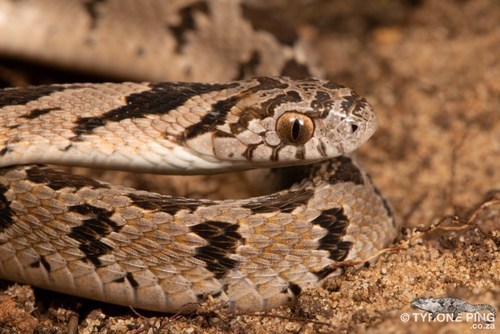
Common Egg-Eater
Dasypeltis scabra, the Common Egg-Eater, thrives in sub-Saharan Africa's savannas. This toothless snake uniquely survives on bird eggs, using throat spines to crack them. Its keeled scales and egg-exclusive diet highlight nature's fascinating adaptations, playing a crucial role in controlling bird populations.
13-22 years
Lifespan
Length: 1.016 - 1.168 m
Size
Brown, Yellow, Tan, Grey-Brown
Color
Medium
Aggression
Least Concern
Conservation Status
Unknown
Population Trend
Characteristics
Dasypeltis scabra, known as the Common Egg-Eater, is a non-venomous snake found in sub-Saharan Africa. It has a slender body, ranging from 50-100 cm in length, with keeled scales. Unlike most snakes, it lacks teeth and specializes in consuming bird eggs, using specialized spines in its throat to crack and ingest the eggs.
Distribution Range of the Common Egg-Eater
Dasypeltis scabra, commonly known as the Common Egg-eater, is native to sub-Saharan Africa. Its geographical distribution spans a wide area including countries like South Africa, Namibia, Botswana, Zimbabwe, Mozambique, Kenya, Tanzania, and up to Ethiopia. It is also found in some parts of West Africa, including Senegal and Nigeria.
Common Egg-Eater's Habitat
Environmental Conditions
The Common Egg-eater typically inhabits savannas, dry forests, and shrublands. It can also be found in open woodlands and semi-desert areas. The species is highly adaptable and can live in regions with varying rainfall, but it generally prefers areas with moderate to low humidity.
Ecological Niche
Dasypeltis scabra occupies a niche as a specialized egg predator. It predominantly feeds on bird eggs, which it swallows whole, making it unique among snakes. Its adaptations include a flexible jaw and specialized vertebrae that help crack the eggs internally. This species is primarily nocturnal and relies on its excellent camouflage to avoid predators during the day.
Copyright @ Nature Style Limited. All Rights Reserved.
 English
English